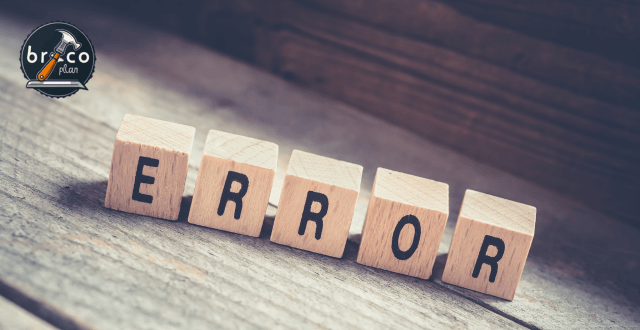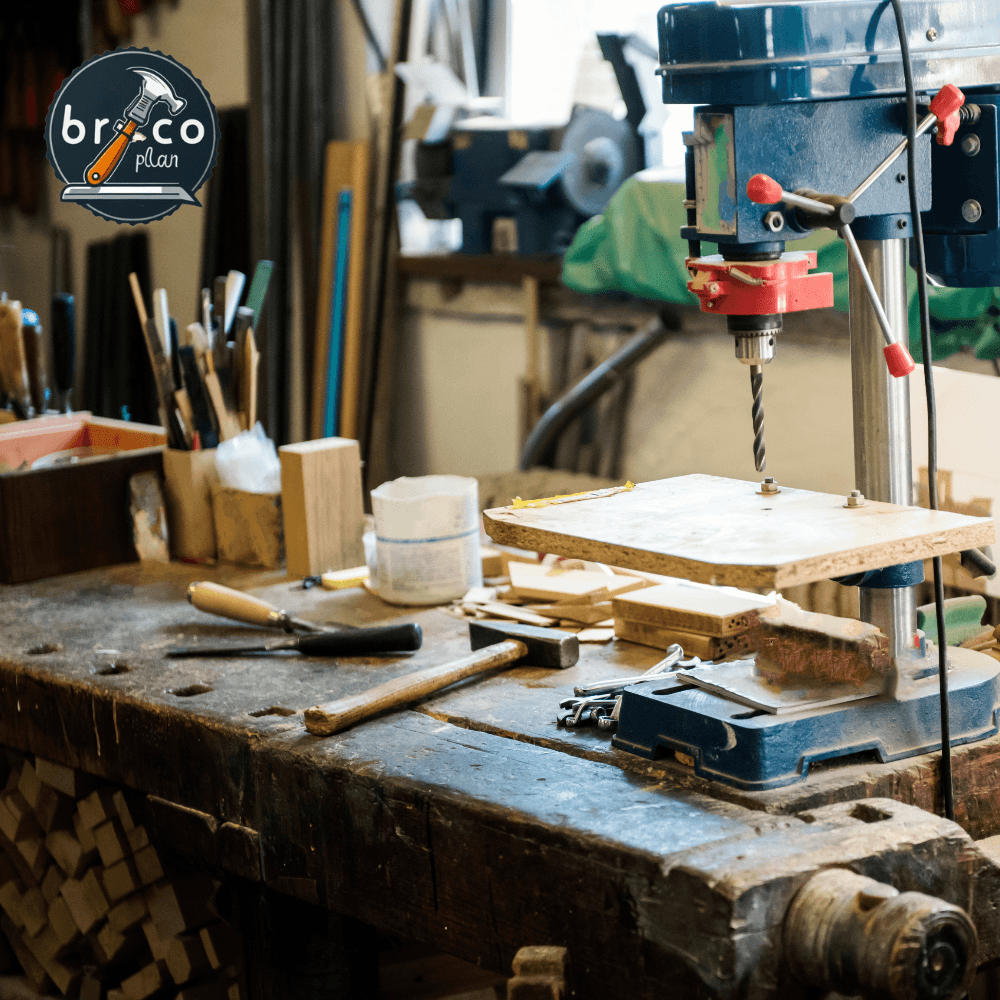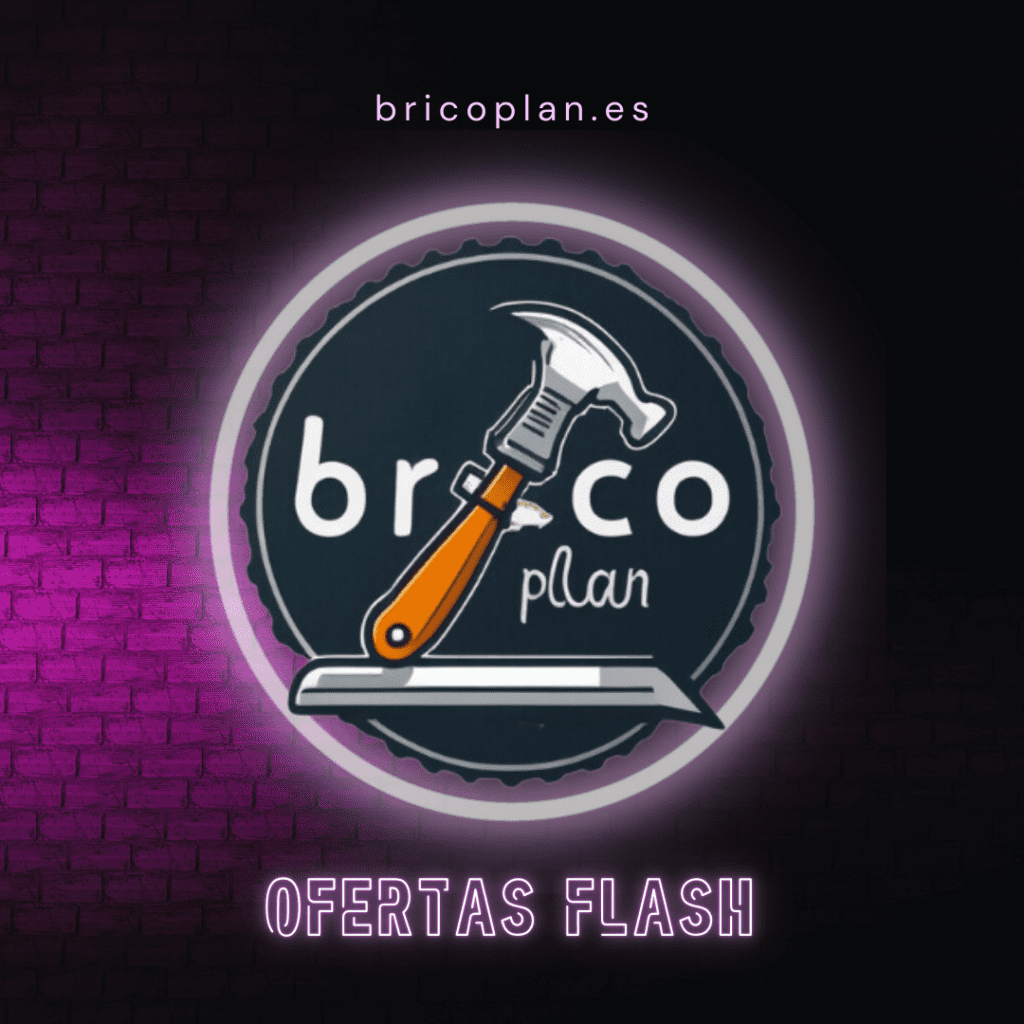
10 Common Mistakes When Buying DIY Tools and How to Avoid Them to Avoid Overspending
Investing and avoiding common mistakes when purchasing DIY tools is a very important aspect for those of us who enjoy home improvement projects. But how many times have I seen someone take a tool only to have it end up gathering dust in the back of a drawer? In my experience as a Leroy Merlin advisor and lifelong DIY enthusiast, I know what it means to make the right decision when purchasing tools that we'll actually use and that will make our work easier.
The key is in Avoid common mistakes when buying DIY toolsFor those of us who transform spaces and add our own touch to every corner, understanding our projects, doing our research, and choosing high-quality tools make all the difference. If you avoid these mistakes from the start, you'll not only save money, but you'll feel more confident when embarking on each project.
Not defining your needs: What you really need for each project
One of the most common mistakes when purchasing DIY tools is jumping in without first defining what you need. It's tempting to fill your cart with tools "just in case" or simply because they look attractive. However, being clear about the type of projects you want to tackle is essential to making an effective purchase and avoiding unnecessary expenses.

For example, if you're just starting out in DIY, you may not need a full set of professional tools. Instead, a good hammer drill, a set of screwdrivers, and a circular saw may be sufficient for basic projects.
I myself have advised clients at Leroy Merlin who came excited about renovating their home, and after a brief chat and analyzing their plans, they ended up with a selection of tools that was well-suited to their needs.
Practical Advice: Make a list of the types of projects you have in mind and, from there, research the essential tools. I recommend reading the article. How to Plan a DIY Project: Complete Guide, this will prevent you from ending up with tools that you barely use.
Choosing Low-Quality Tools for the Price: How to Invest Well in Durable Tools
Another common mistake is being carried away by price. While it's logical to want to save money, in DIY, choosing low-quality tools often ends up being more expensive in the long run. economic tools They usually have a shorter lifespan and often lack the power needed to perform intensive tasks. The key here is to view the purchase as an investment.
Personally, I tend to recommend brands that, while not always the cheapest, offer excellent quality and durability. I've had clients who, after choosing well the first time, return months later with satisfactory experiences and tools that are still as good as new, ready for future projects.

Practical Advice: Before choosing, check user reviews, analyze the construction materials, and evaluate the warranty offered. Ultimately, a quality power tool can last for years if properly maintained.
Buying Without Knowing the Brand: What to Look for in a Reliable Tool Brand
Not all brands are created equal. And in a market as broad as DIY tools, each brand has its strengths and weaknesses. Some excel in durability, others in ergonomic design, and still others in price. Familiarizing yourself with the major brands helps you make a more informed decision.
My experience at Leroy Merlin taught me that, for example, brands like Bosch, Makita and Dewalt They've earned a solid reputation in power tools for their reliability and durability. However, other, lesser-known brands can be a good option for those looking for something functional and affordable for specific projects.



Practical Advice: Consult with experts or trusted individuals and look for online reviews. Opinions from those who have used these brands will give you a clear idea of what to expect in terms of performance.
Ignore reviews and recommendations: What other users say really matters
In the digital age, ignoring other buyers' reviews is a waste of a key resource. Reading reviews can help you learn details that aren't always included in the product description. While every power or hand tool has its own spec sheet, user reviews offer real-world insight into how they perform on a day-to-day basis.

I remember when a client was undecided between three jigsawsI suggested he look for online reviews, and thanks to them, he settled on the option that would give him the best long-term performance for his projects.
Reviews and recommendations prevent unpleasant surprises and help you identify potential problems before making a purchase.
Practical Advice: Read both the positive and negative opinions, and pay attention to the performance and durability reviews. This will help you get a complete picture of the power or hand tool before investing.
Neglecting the type of power supply: Advantages and disadvantages between electric and manual
When deciding between a power or hand tool, it's essential to consider the type of projects and the work environment. Hand tools are practical for tasks that don't require much power, while power tools offer greater speed and ease for larger jobs.
As a DIY planner and consultant, I've seen many cases where customers return frustrated because they bought a hand tool when an electric one would have made their life easier, or vice versa. If you plan on doing continuous work, a battery-powered power tool can be an excellent choice due to its versatility. Conversely, a manual tool can be ideal for sporadic, detailed tasks.
Practical Advice: Invest in a storage system such as shelving, workbenches, or stackable tool boxes. This will prevent your tools from wearing out or getting lost and will save you time by quickly finding the tool you need.
Not considering storage and space: Optimize space for your tools
An organized tool collection not only makes work easier, but also prolongs the lifespan of each tool. However, this aspect is often overlooked, resulting in tools piled up and with no proper place to store them.

I've helped many clients design storage areas in small workshops and have seen how organization makes a huge difference in the efficiency and ease of use of power and hand tools. A workbench with drawers and a dedicated space for each tool helps keep everything organized and visible. I recommend reading the post "Organizing Your DIY Workshop at Home: A Practical Guide«
Practical Advice: Invest in a storage system such as shelving, workbenches, or stackable tool boxes. This will prevent your tools from wearing out or getting lost and will save you time by quickly finding the tool you need.
Skipping Deals: How to Shop Smart on Black Friday and Other Sales

The Black Friday Deals at Bricollage and tools, as well as other promotions, are perfect times to buy power and hand tools, but it's key not to get carried away by discounts alone.
Planning what you need and checking prices days before the event can make the difference between taking advantage of a good deal or making an impulse purchase.
At Bricoplan, I often advise my readers and customers during sales periods to make a list and prioritize the tools they need.
This way, they can focus on the offers that will truly add value. Also, comparing prices across multiple stores is essential to ensure the discount is real. I recommend reading this article.

Practical Advice: Keep track of prices before sales and prioritize the tools you really need. This will allow you to maximize your sales purchases.
Buy all the tools at once: Choose according to your projects and save
Buying all your tools at once is tempting, but it can be a mistake, especially if you're just starting out in DIY. The key is to acquire tools gradually, as you progress through your projects and discover what's truly useful to you.
A good strategy is to start with the basic tools and add more as you tackle new tasks. In my experience, many clients have benefited from this progressive approach, as it allows them to become familiar with each power or hand tool before moving on to the next.
Practical Advice: Make a list of tools based on project priority. This will prevent you from overspending on tools you might not use often.
Disregarding ergonomics and safety: Tools that protect and are comfortable to use
The comfort and safety of a tool aren't secondary considerations; they're essential, especially if you plan to use it for extended periods. Ergonomically designed tools reduce fatigue and help maintain proper posture while you work.
As a DIYer, I know how frustrating it is to work with awkward tools. Plus, well-designed ergonomics reduce the risk of accidents and injuries. If a tool feels comfortable from the start, you're more likely to use it correctly and with more confidence.
Practical Advice: Before purchasing, test the power tool if possible. Check its weight and design and make sure it fits your hands and working posture.
Forgetting tool maintenance: Maintaining and using your tools for a long time
The lifespan of a tool depends largely on its maintenance (this is another common mistake when buying DIY tools). However, this aspect is often overlooked until a problem arises. Cleaning, lubricating, and storing tools properly increases their durability and maintains optimal performance.
Many of my customers were initially unaware of the importance of maintenance, but after incorporating some basic care into their routine, they've seen the difference in the durability of their tools. This not only saves money but also ensures their tools are ready for every project.
Practical Advice: Take a few minutes after each use to clean and check the condition of each tool. This will prevent them from rusting or becoming damaged over time.
FAQ – Common Mistakes When Buying DIY Tools
Conclusion: How your investment in tools powers every project
Avoiding these common DIY tool purchasing mistakes makes a big difference in the outcome of your projects and the durability of each tool. Remember that DIY isn't just an activity to improve your space, but also a way to connect with your creativity and transform environments.
Invest in quality tools, stay informed, and understand what you need for each step. As the founder of Bricoplan, I've always believed that every project deserves the best tools, and taking the time to choose well is the best decision you can make for your DIY experience.
